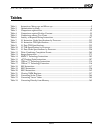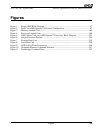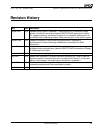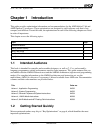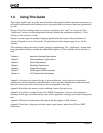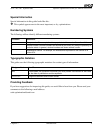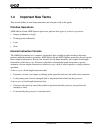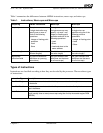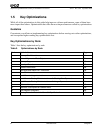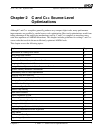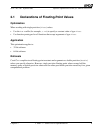
2 Introduction Chapter 1
25112 Rev. 3.06 September 2005
Software Optimization Guide for AMD64 Processors
1.3 Using This Guide
This chapter explains how to get the most benefit from this guide. It defines important new terms you
will need to understand before reading the rest of this guide and lists the most important optimizations
by rank.
Chapter 2 describes techniques that you can use to optimize your C and C++ source code. The
“Application” section for each optimization indicates whether the optimization applies to 32-bit
software, 64-bit software, or both.
Chapter 3 presents general assembly-language optimizations that improve the performance of
software designed to run in 64-bit mode. All optimizations in this chapter apply only to 64-bit
software.
The remaining chapters describe assembly-language optimizations. The “Application” section under
each optimization indicates whether the optimization applies to 32-bit software, 64-bit software, or
both.
Appendix A discusses the internal design, or microarchitecture, of the processor and provides
specifications on the translation-lookaside buffers. It also provides information on other functional
units that are not part of the main processor but are integrated on the chip.
Appendix B describes the memory write-combining feature of the processor.
Appendix C provides a complete listing of all AMD64 instructions. It shows each instruction’s
encoding, decode type, execution latency, and—where applicable—the pipe used in the floating-point
unit.
Appendix D discusses optimizations that improve the throughput of AGP transfers.
Appendix E describes coding practices that improve performance when using SSE and SSE2
instructions.
Chapter 4 Instruction-Decoding Optimizations
Chapter 5 Cache and Memory Optimizations
Chapter 6 Branch Optimizations
Chapter 7 Scheduling Optimizations
Chapter 8 Integer Optimizations
Chapter 9 Optimizing with SIMD Instructions
Chapter 10 x87 Floating-Point Optimizations




